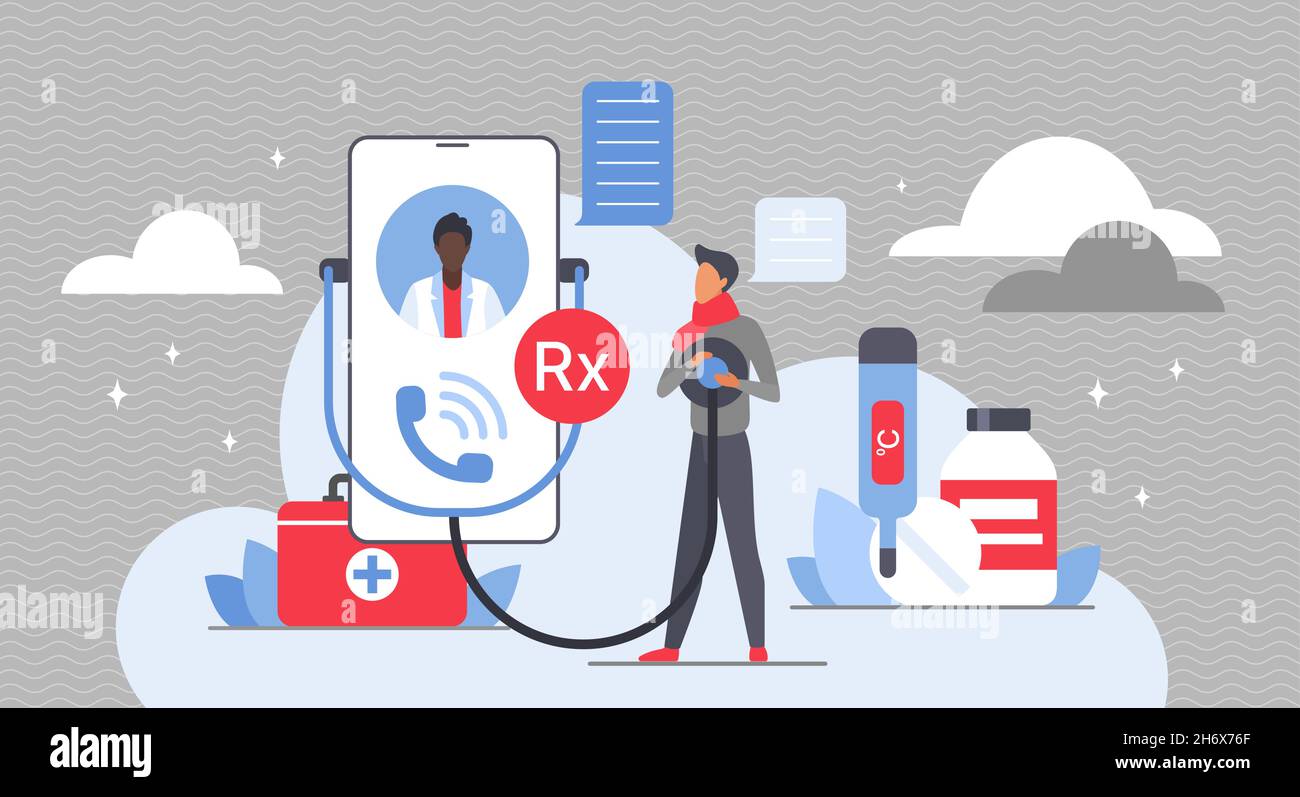Understanding the Cost-Effectiveness of Subscription-Based Health Care Versions
As the health care landscape develops, subscription-based designs arise as an engaging option, assuring to redefine just how people handle clinical expenditures. Examining these designs' cost-effectiveness demands a nuanced contrast with conventional insurance coverage, taking into consideration both monetary ramifications and person contentment.
Overview of Subscription-Based Models
Subscription-based healthcare designs, occasionally described as direct health care or attendant medicine, are significantly obtaining focus as a prospective remedy to inadequacies within typical healthcare systems. These versions operate the principle of offering patients direct accessibility to health care service providers through a month-to-month or annual fee, bypassing the need for conventional insurance policy devices. This plan intends to improve patient-provider communications by decreasing administrative problems, which often prevent timely and customized treatment.
At the core of subscription-based designs is the emphasis on an extra individualized patient experience. Individuals take advantage of improved accessibility to their doctors, often including same-day or next-day consultations, prolonged examination times, and direct communication channels such as phone or video calls. This design cultivates a positive technique to medical care, where providers and individuals can collaboratively concentrate on preventative treatment and chronic condition administration.

Cost Comparison With Standard Insurance Coverage

One of the main economic benefits of subscription models is openness in prices. Alternatively, typical insurance might be extra advantageous for individuals calling for specialized care or costly treatments not covered under a membership design, as they profit from the broader insurance coverage network and cost-sharing devices.
Nonetheless, cost-effectiveness is context-dependent. While registration versions may provide cost savings for those primarily needing medical care, individuals with chronic problems or specialized health care requirements might discover typical insurance extra extensive. Examining specific healthcare requirements and prospective usage is critical in determining the most affordable option for people.
Effect On Client Contentment
Patient contentment within subscription-based healthcare versions commonly mirrors a substantial improvement over standard insurance policy systems. This improvement is mainly attributed to the individualized care and accessibility these versions use. Individuals regularly report higher contentment due to lowered delay times and the convenience of organizing visits. Unlike typical systems, where clients may experience hold-ups in getting care, subscription-based versions guarantee even more timely and direct communications with healthcare suppliers.
In addition, the transparency in expenses related to subscription-based healthcare relieves the typical frustrations associated with unexpected fees and complicated billing procedures seen in traditional insurance policy (subscription based healthcare). Clients use this link value recognizing the get redirected here exact monetary dedication upfront, causing enhanced trust fund and self-confidence in their medical care administration
In addition, the focus on preventative treatment and wellness in subscription versions adds to boosted health outcomes, further enhancing client complete satisfaction. By concentrating on continuous wellness maintenance as opposed to anecdotal care, patients experience an even more holistic and continuous health care journey.
Furthermore, the enhanced provider-patient relationship cultivated in these versions, defined by more time invested per individual and customized interest, plays a vital function in elevating person fulfillment levels, as clients really feel really looked after and comprehended.
Company Experiences and viewpoints
From the supplier's point of view, subscription-based health care models use a transformative approach to providing clinical services. These versions highlight a proactive and preventative health care approach, allowing suppliers to focus on comprehensive individual care without the restraints of traditional fee-for-service plans (subscription based healthcare). This change in focus commonly leads to improved patient results and raised copyright contentment, as healthcare specialists can allocate even more time and resources to patient involvement and customized care strategies
In addition, registration designs facilitate foreseeable profits streams, which improve financial security for doctor. This predictability enables enhanced source planning and allocation, adding to a much more efficient health care delivery system. Providers can purchase personnel technology, framework, and training enhancements, thereby improving the quality of treatment offered.
Nonetheless, the transition to subscription-based versions is not without challenges. Carriers should adjust to new functional structures, which can include substantial changes in payment practices and individual monitoring systems. Furthermore, there is an integral need for robust information management to track individual outcomes and ensure high quality treatment. Regardless of these hurdles, lots of providers discover that the advantages of increased client communication and structured procedures outweigh the initial difficulties, making subscription-based versions an attractive option.
Future Potential Customers and Difficulties

A key difficulty is regulative compliance, as registration designs should stick to advancing health care policies and insurance policy needs. This requires continuous adjustment and development to ensure placement with legal criteria. Furthermore, integrating these versions into existing healthcare facilities can be complex, calling for considerable financial investments in innovation and training.
There is also the prospective risk of developing inequities in medical care access, as registration models could favor those that can afford them, leaving prone populaces underserved. Addressing this calls for thoughtful consideration of rates techniques and aid mechanisms to make sure inclusivity.
Conclusion
Subscription-based health care versions provide a sensible alternative to standard insurance by providing economic predictability and transparency, especially profiting people with chronic conditions or constant healthcare needs. The cost-effectiveness of these designs rests upon individual health care use patterns and conditions. While they may enhance individual contentment and improve budgeting, difficulties continue to be in addressing specialized care requirements. Future factors to consider consist of stabilizing comprehensive coverage with cost and integrating these designs within the more comprehensive medical care system for optimum outcomes.
Subscription-based health have a peek here care designs, in some cases referred to as direct primary care or concierge medication, are significantly obtaining focus as a prospective option to ineffectiveness within conventional healthcare systems. Unlike standard systems, where patients may experience delays in receiving treatment, subscription-based designs make sure more direct and prompt communications with medical care suppliers.
These designs emphasize a proactive and preventative health care technique, allowing carriers to concentrate on extensive patient treatment without the constraints of traditional fee-for-service setups. As these designs proceed to get traction, they supply the prospective to revolutionize person access to care, simplify service delivery, and enhance healthcare investing.Subscription-based healthcare versions provide a sensible option to traditional insurance coverage by offering economic predictability and transparency, especially benefiting individuals with persistent conditions or regular healthcare requirements.
Comments on “Comprehending the Cost Savings of Subscription Based Healthcare for Families”